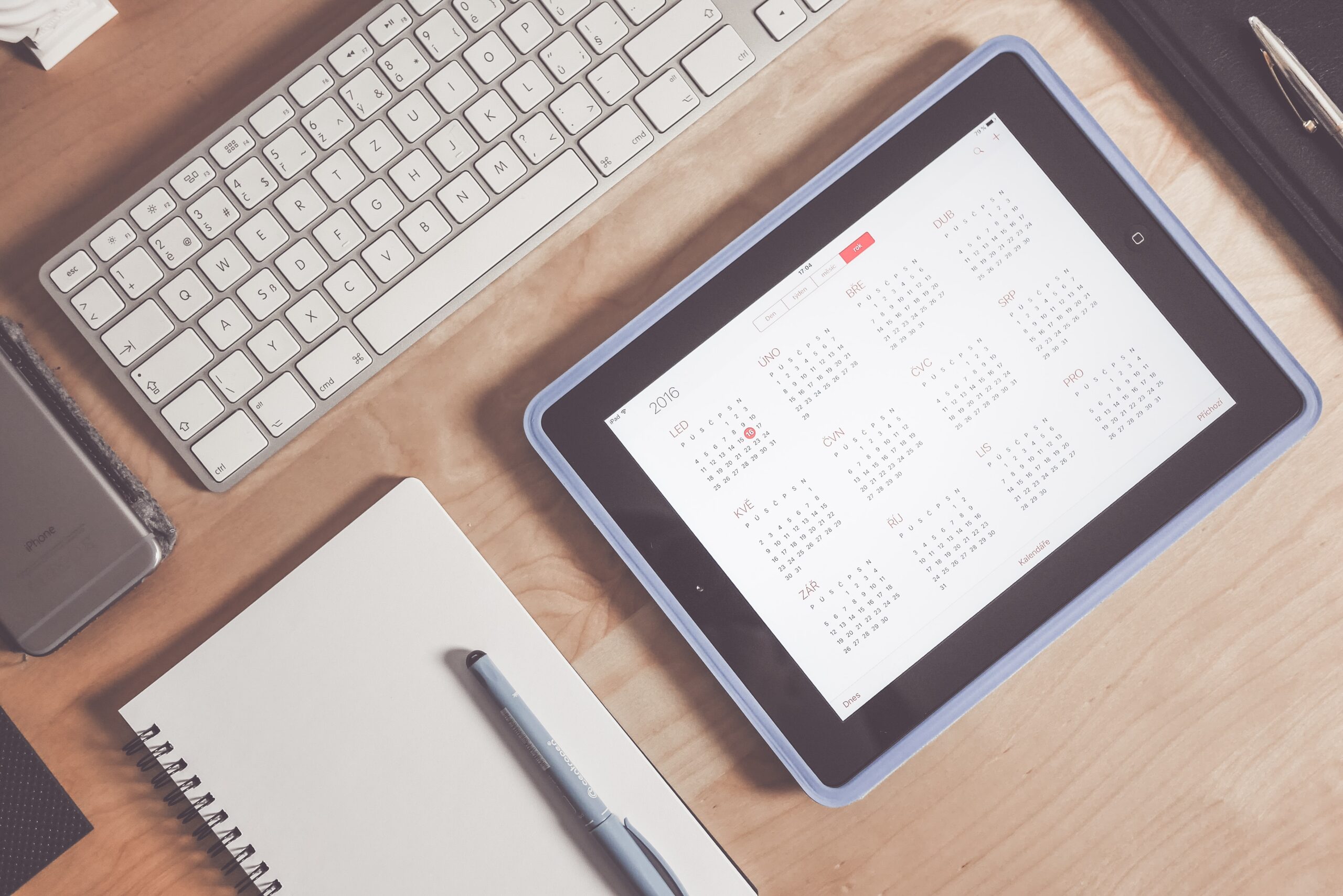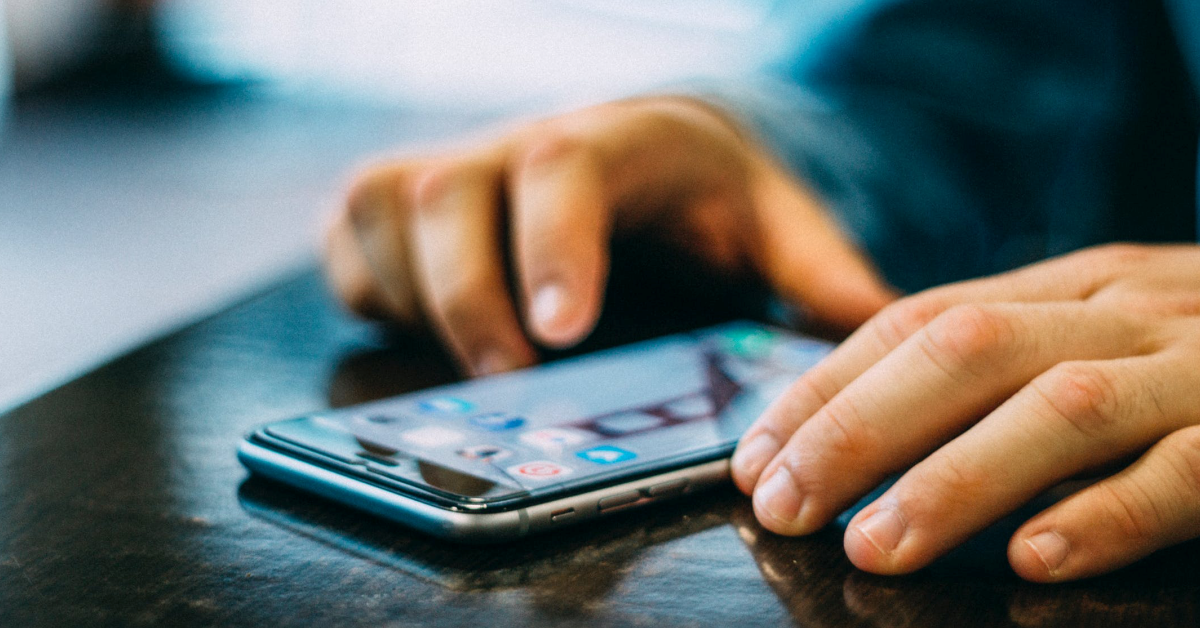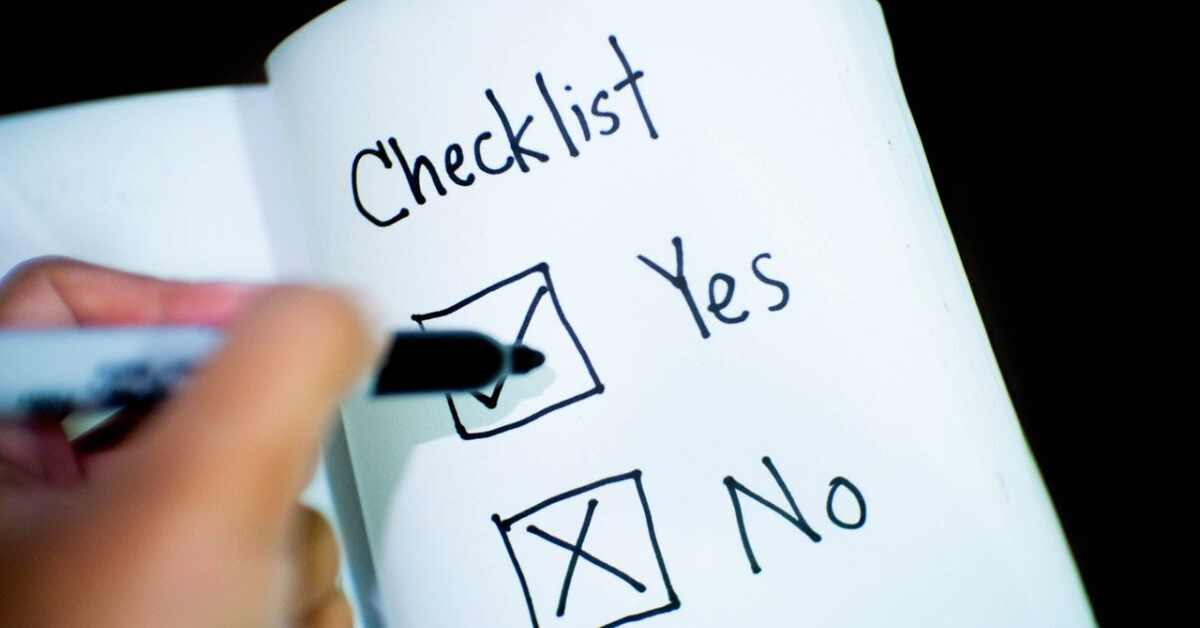How to organize your smartphone storage for efficiency and fun – 1
How often this happens to you when you want to share a photo, or a video clip or a meme to someone and after a tiring and disappointing search in the gallery app of your phone, you promise him or her that you would send it at later time, which you somewhere know might never come. This happens when your gallery app is choc-a-block full of tons of stuff that your messaging apps keep pouring. If you want to impress your friends with quick turnaround on anything you promise to share and save your time as well, read on.
The trick lies here in creating a bunch of folders or albums in the gallery itself, that most gallery apps should allow. What albums you create totally depends on what you want to retrieve. Let me suggest few for inspiration: selfies, family, friends, funny pics, funny videos, shopping, good pics.
Now, as and when you gather a bunch of pictures and videos in standard folders of Gallery, run a quick pass through and delete the stuff you don’t ever need and sort the rest into those pre-created albums. Your goal is to keep all the standard gallery app folders empty. Not only you will have lots of reusable stuff collected in these albums but you would have deleted big load from your phone also. Next time you want to share something, you would just go to the right album and be done with sharing in no time.
Since this is quite easy and largely interesting task, you may not want to use your productive time slots for this. So, reserve lowest energy time slots for this activity. Even if you have largely unorganized gallery at this point of time, let this activity run over few days during your low energy time slots; where’s the harm!
(featured image: Photo by Riccardo Bresciani from Pexels )
Organize your browser bookmarks for better productivity
A web browser is central to our daily work. Using it smartly and efficiently can greatly enhance productivity. One of the most powerful yet often underutilized features of any browser—particularly Google Chrome—is the bookmarks system. A well-maintained bookmark structure allows you to revisit your favorite web pages instantly, saving time and avoiding unnecessary scrambling.
Here are a few tips to make the most of your browser bookmarks:
1. Organize Bookmarks with a Folder Structure
Bookmarks can be structured hierarchically, just like folders on your computer or smartphone.
- Create folders such as Shopping, Payments, Leisure, Courses, or Business to categorize your bookmarks.
- Avoid leaving bookmarks unorganized—an endless list defeats the purpose of quick access.
- When you bookmark a page by clicking the star icon, Chrome lets you choose a folder. Select an existing folder or create a new one for better organization.
Pro Tip: Use the Bookmarks Manager to move, delete, or search for bookmarks when needed. If you have a large collection, consider pinning the Bookmarks Manager in a tab for quick and perpetual access. [Learn more about pinning tabs here.]
2. Maximize the Bookmarks Bar
The Bookmarks Bar is a prime spot for frequently visited websites, such as Amazon, your banking portal, LinkedIn, or project dashboards. Here’s how to make the most of it:
- Quickly Add a Bookmark: Drag the lock icon (from the address bar) and drop it onto the bookmarks bar.
- Save Space: Right-click on a bookmark, select Edit, and delete its name—leaving only the website’s icon (favicon). The icons are often instantly recognizable and save valuable space on your bookmarks bar.
- Group Related Bookmarks: You can create folders directly on the bookmarks bar to group related links. For example, a folder named “Tools” can house links to calendars, dashboards, and productivity apps.
See the example image above for inspiration on how a clean and organized bookmarks bar can look.
3. Sync Bookmarks Across Devices
To take bookmarks to the next level, ensure they are available wherever you work:
- Google Chrome lets you sync bookmarks across all your devices, including desktop, tablet, and mobile.
- Simply sign in to Chrome with the same Google account on each device, and enjoy a seamless, unified experience.
With this feature, the bookmarks you organize on one device are instantly available everywhere—helping you stay efficient, no matter where you are.
Final Thoughts
A thoughtfully organized bookmarks system saves time, reduces stress, and keeps your browser clean and efficient. Start by creating folders, optimizing your bookmarks bar, and syncing across devices. Small tweaks like these can make a big difference in your day-to-day workflow.
Use Your Calendar Effectively
It’s no exaggeration to say that calendar apps have become the lifeline of our workdays. They liberate our minds from the mental burden of remembering future commitments and provide a clear picture of our availability for new ones. To make your calendar even more effective, here are some practical tips:
1. Distinguish Between Two Types of Tasks
To use your calendar wisely, it’s essential to understand the difference between two categories of tasks:
A. Time-Sensitive Tasks
These are tasks tied to a specific date and time, such as attending a meeting, joining a webinar, or catching a flight. If you miss them, they’re gone forever. Let’s call these time-sensitive tasks.
B. Flexible, As-Needed Tasks
These are tasks that need to be completed as soon as possible but don’t have a fixed time constraint. Examples include preparing a proposal, reviewing a document, or drafting a project plan. While they’re important, you have flexibility in scheduling them.
2. Use Your Calendar Only for Time-Sensitive Tasks
Your calendar should exclusively record time-sensitive tasks (Type A). Adding flexible tasks (Type B) to your calendar can lead to bad habits, like repeatedly snoozing reminders. Over time, this can undermine the trustworthiness of your calendar.
Why does this matter? A calendar reminder should feel like a serious call to action, not just another notification. Diluting its urgency with non-time-sensitive tasks risks eroding your reliance on it—and missing critical appointments.
Instead, consider managing flexible tasks using a task management tool or to-do list app. These tools are better suited for tasks that don’t depend on a fixed time slot but still require attention.
3. Maintain a Single Version of Truth
To avoid confusion and conflicting schedules, aim to consolidate all your appointments into a single calendar. If you’re using multiple email or calendar apps, you likely have appointments scattered across different platforms. Integrate them into one primary calendar that’s accessible on all your devices.
Calendar apps like Outlook and Google Calendar offer features to sync multiple calendars, ensuring you have a unified view of your commitments. Check the documentation for your preferred app to set up this integration.
Three strategies to make quick progress on any task
We always have a few goals and dozens of tasks to meet those goals. Some of the tasks progress smoothly, but some appear to not move, which are the proverbial frogs in our plate. There are these three strategies to make progress on them:
- split
- split more
- split some more
It might sound like an overstatement but most of the tasks or projects appear hard just because we hesitate to split them down into a bunch of sub-tasks that are readily doable. The whole task may look loathsome but not necessarily the subtasks after the split.
This is how it works:
You should always look for opportunities of vertical splitting and horizontal splitting.
Vertical splitting is when you must repeat some activity a few times to complete a task, you split that task into those many subtasks. The best example that I can give you here is about filing tax returns – a hated but important job. At the end of the year, collecting data of the whole year, most of which is already forgotten, to provide to your CA makes it a stressful ordeal. Instead if you split it into monthly data collection sub-tasks, your year end work becomes a non-event.
The horizontal splitting is about dividing a task into the stages. The creativity lies in being able to see those stages that are not always obvious. A task as simple as sending an email can be split into subtasks of drafting it and pushing the send button. This realization enables you to start working on the draft much in advance of the committed sending date.
Once a task is split, you will soon discover that many of the sub-tasks can be delegated, and before you realize a bunch of people start working on your task.
Splitting tasks that are newer to you helps to bring the unknowns to the forefront and once we plan subtasks to resolve these unknowns, the whole task moves ahead. I say this half-jokingly that even the hardest task will have at least one doable subtask – ask Google!
So, next time you are stuck with a stalled task, apply these three, easy to remember ?, strategies.
Organize home screen of your smartphone for better productivity
First thing, I’m not kidding – it can make a big difference if the home screen of your phone is well organized. Second thing, yes, most of us are aware of the customizability of the home screen and we do organize it occasionally but it’s not with the rigor that is needed. The last one, it’s not that you must be a millennial or Gen Z’er to do these rituals.
So, here are a couple of tips to organize the home screen of your phone :
- Home screen is good for quickly accessing the most frequently used Apps. But if your home screen runs into 5 or 6 pages, it’s not doing its job. You should liberally delete all the shortcuts from your home screen that you do not use frequently. The home screen should not go beyond two pages (Do you want three? OK Take it). Within the two pages, the first page should have the more frequently used Apps. Email Apps, To Do List App, Health App, Clock App etc., make good choices for the first page.
- You should look at the home screen as a checklist of all the activities that you do with your smartphone. Arrange all the shortcuts in a nice order, typically, your pecking order of importance and purpose. The “chatty Apps”, like Email and Messaging Apps, could come first as you may have to look at them more often. The next could be the two or three social media that you follow regularly. The next ones could be bank and digital payment Apps. The last bunch could be all your reading/listening Apps, such as, Kindle, Magazines, Read Later, Podcast, etc.
Turn your usual smartphone fiddling sessions into more productive ones. You would not only stay on top of whatever is going on in your world but also finish up some pending reading and listening material.
How do you maintain consistency in quality of your deliveries
We always have a published or unpublished spec of the quality of our deliverables, with which our stakeholders are satisfied. Checklists help you to remain consistent with that spec. The second benefit is that your mind is no more trying to remember this knowledge, the next moment you capture it in a checklist. This sets your mind free to attend to more creative things.
Checklists are often taken as very special purpose tools that only pilots and surgeons use or something that organizations lay them down for their employees. But checklists play a great role even in personal productivity.
We should make a checklist for anything and everything in our life that we might think would be required to be repeated.
Create a checklist while you are doing it so as to save the extra step of recollection. Start drafting checklist without worrying about being 100% complete, in the first attempt, itself. The idea is to set up the placeholder. Once you have the placeholder, it is easy to make it complete as you identify more and more checkpoints.
Don’t forget to keep all checklists in one place which is easy to access. As you improve your process with experience, you should also keep refining your checklists.
Here is an example of a checklist that I have been building for the preparation of my webinars.
- Remind family about the time and duration of the session.
- Recheck information about the attendees.
- Ensure that the virtual meeting link is provided
- Check WIFI speed
- Charge Bluetooth headset, Cellphone
- Make a quick dry run of the PPT
- Close unnecessary apps
- Extend display to the second monitor
- Grooming
- Wipe spectacles
- Get water to drink
- Get Notebook and pen
Be conscious about making a checklist, next time you start a new process.







